With their majestic presence and remarkable hunting skills, Hawks have long fascinated nature enthusiasts and bird watchers. These birds of prey play a crucial ecological role, maintaining a balance in ecosystems by controlling populations of smaller animals.
However, even the most skilled predators can become prey themselves. This raises the intriguing question: What animal eats a hawk? In this article, we delve into the world of hawk predation, exploring the various predators known to target these formidable birds.
From terrestrial hunters such as coyotes and foxes to avian predators like owls and eagles, the list of creatures capable of preying on hawks is diverse and fascinating.
By understanding the dynamics between hawks and their predators, we gain valuable insights into the intricacies of nature’s complex web of life.
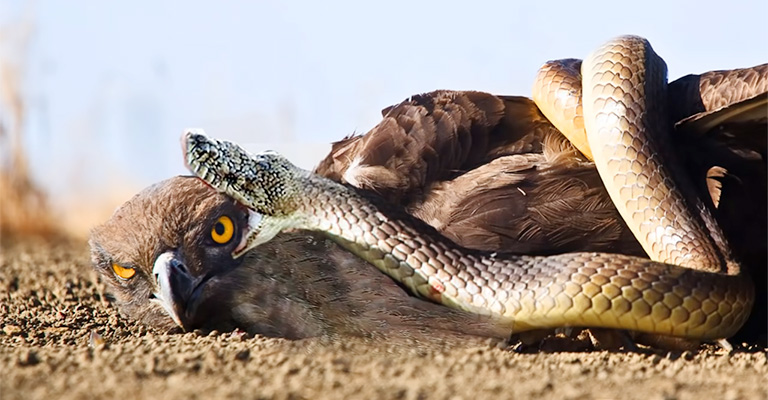
What Animal Eats A Hawk?
Understanding the predators of hawks is essential in comprehending the intricate dynamics of ecosystems. Various factors influence predation on hawks, including habitat, availability of prey, and predator-prey interactions.
Predation is a natural process deeply rooted in the animal kingdom, shaping the population dynamics and maintaining the delicate balance of nature.
Importance Of Understanding Hawk Predators In The Ecosystem:
By studying hawk predators, we gain insights into an ecosystem’s ecological relationships and interdependencies. Predators regulate hawk populations, preventing overpopulation and promoting biodiversity.
Understanding the role of hawk predators helps us appreciate the complexity of food webs and the delicate balance they maintain.
Factors Influencing Predation On Hawks
Several factors influence the predation of hawks, including habitat suitability, availability of suitable prey species, and competition among predators. These factors can vary across different regions and habitats, leading to variations in the prevalence and intensity of predation on hawks.
Predation As A Natural Process In The Animal Kingdom
Predation is an inherent aspect of the animal kingdom, serving as a mechanism for energy transfer and regulating populations. Predators that eat hawks have evolved specific adaptations and hunting strategies to capture and consume these aerial predators successfully.
Studying predation on hawks provides valuable insights into the intricate web of predator-prey relationships and the natural order of the animal kingdom.
Terrestrial Predators Eats A Hawk
Terrestrial predators play a crucial role in maintaining ecosystem balance and regulating populations of prey species.
They are often skilled hunters and have adapted to various habitats worldwide. This section explores notable terrestrial predators, including coyotes, foxes, bobcats, and domestic dogs.
Coyotes
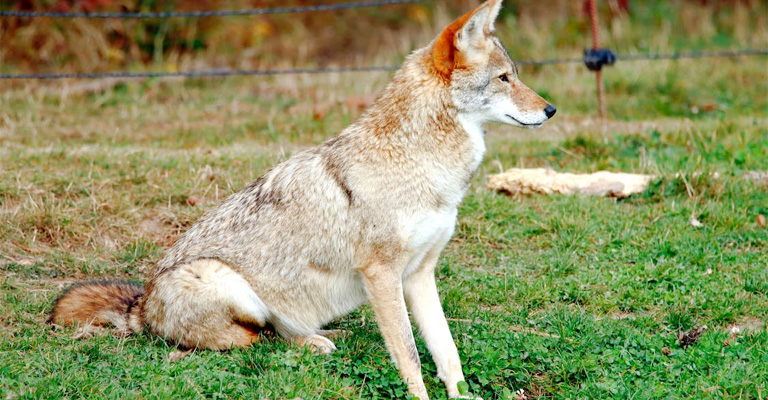
Coyotes are highly adaptable predators found throughout North and Central America. They are known for their intelligence, agility, and opportunistic feeding habits. Coyotes primarily prey on small mammals like rabbits, rodents, and, occasionally, domestic pets.
Their ability to thrive in diverse environments, including urban areas, has contributed to their successful expansion and coexistence alongside humans.
Foxes
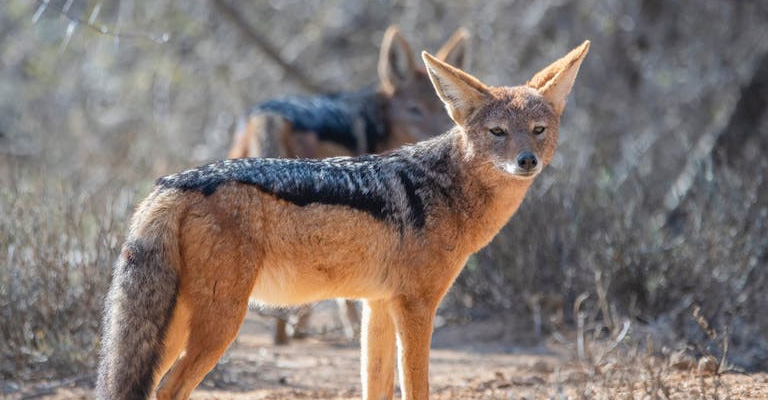
Foxes are small to medium-sized carnivores found in various parts of the world. They exhibit a diverse range of species, including red, Arctic, and grey foxes. Foxes are known for their cunning behaviour and hunting skills.
They primarily feed on small mammals, birds, and insects. Some fox species, like the red fox, have successfully adapted to urban environments and can be found in suburban areas.
Bobcats
Bobcats are native to North America and are notable for their distinctive tufted ears and short tails. These medium-sized predators are skilled hunters who feed on rabbits, rodents, and small ungulates.
Bobcats are solitary animals and are known for their elusive nature. They are adaptable to various habitats, including forests, deserts, and mountainous regions.
Domestic Dogs
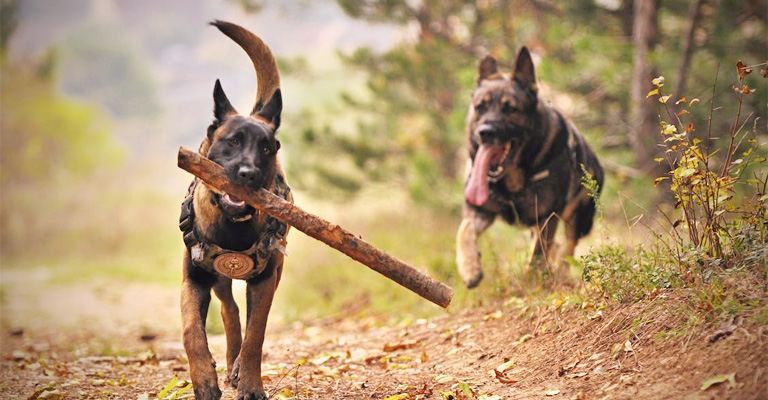
While domestic dogs have been bred as companion animals, their evolutionary roots trace back to their ancestors, wolves. Dogs have retained many predatory traits, and their hunting instincts can still be observed in certain breeds.
Although most domestic dogs are not considered predators in the wild, feral dogs or dogs that have returned to a wild state can exhibit predatory behaviour towards small animals.
Avian Predators Eats A Hawk
In nature, avian predators play a vital role in maintaining the balance of ecosystems by preying on various prey species, including hawks. This section explores some of the prominent avian predators that are known to prey on hawks.
Great Horned Owls
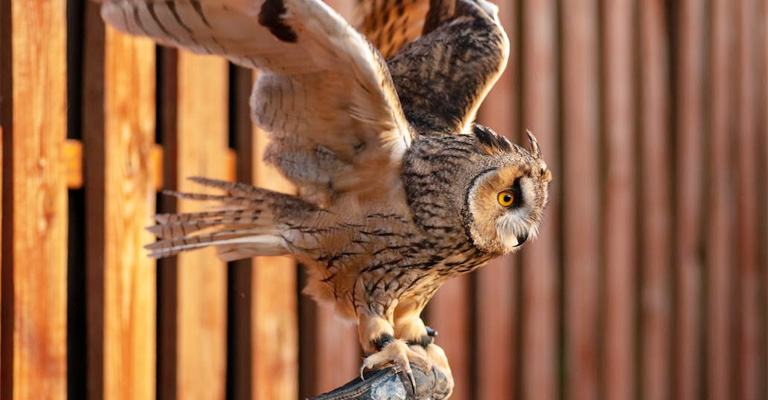
Great Horned Owls (Bubo virginianus) are formidable nocturnal predators with exceptional hunting skills. Their powerful talons and silent flight enable them to ambush and precisely capture hawks.
While hawks are typically diurnal hunters, the Great Horned Owl’s ability to strike under darkness gives them an advantage in hunting these daytime raptors.
Eagles
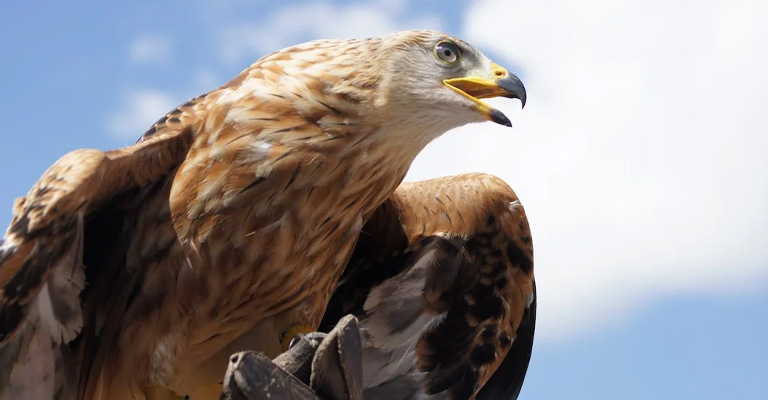
Eagles, such as the Bald Eagle (Haliaeetus leucocephalus) and Golden Eagle (Aquila chrysaetos), are renowned aerial predators that occasionally target hawks.
These majestic birds of prey possess remarkable speed and agility, allowing them to pursue and overpower hawks in mid-air. With their sharp talons and powerful beaks, eagles can swiftly dispatch a hawk and claim it as a meal.
Falcons
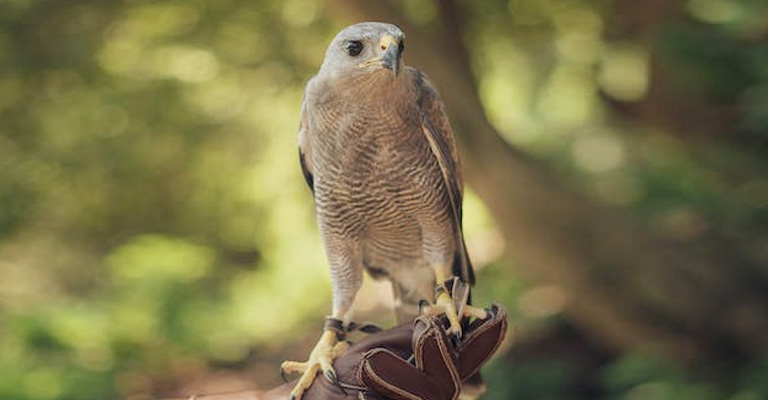
Falcons, known for their exceptional speed and manoeuvrability, are another group of avian predators that occasionally prey on hawks. In particular, Peregrine Falcons (Falco Peregrinus) are renowned for their remarkable hunting prowess.
They employ high-speed aerial stoops, reaching over 240 miles per hour, to strike hawks in mid-flight. Falcons’ swift and precise attacks often leave hawks little chance to escape.
Aerial Predators Eating A Hawk
Aerial predators play a significant role in the natural ecosystem, and hawks are not exempt from their predatory behaviours.
This section explores three prominent aerial predators known for their ability to capture and consume hawks: Golden Eagles, Goshawks, and Peregrine Falcons.
Golden Eagles
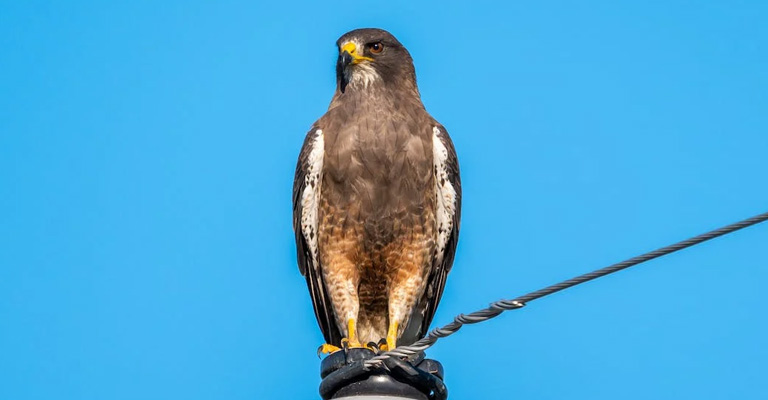
Golden Eagles are large and powerful raptors known for their impressive hunting skills. With their keen eyesight and powerful talons, they can effortlessly target and take down hawks mid-flight.
These eagles are opportunistic hunters and often feed on various prey, including hawks, which serve as a substantial food source.
Goshawks
Goshawks are agile and stealthy hunters specialising in capturing birds in densely forested areas. They possess incredible speed and manoeuvrability, allowing them to pursue and seize hawks swiftly.
Goshawks, including hawks, are known for their ambush tactics, utilizing surprise attacks to overpower their prey.
Peregrine Falcons
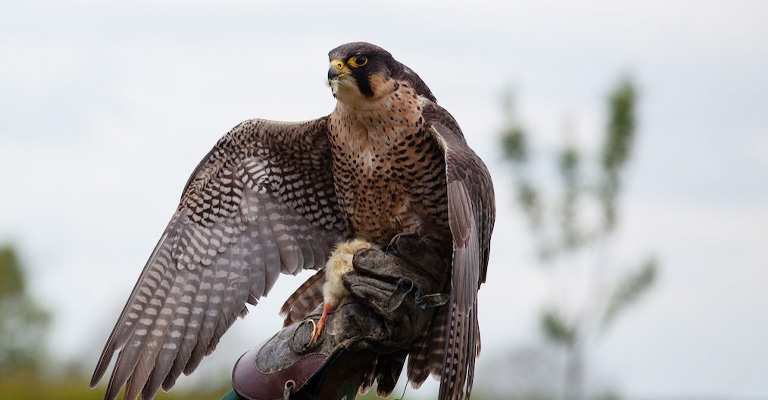
Peregrine Falcons are renowned as the fastest birds in the world, reaching speeds of over 240 miles per hour during their hunting dives, known as stoops. Their incredible speed and precision make them formidable hawk hunters.
Peregrines often target hawks in mid-air, using their aerial prowess and sharp nails to strike with deadly accuracy.
Human Impact On Hawk Predation
As predatory birds, Hawks play a vital role in maintaining ecosystem balance. However, human activities have significantly impacted hawk populations and their ability to hunt effectively. This section explores two critical aspects of human impact: habitat destruction and hunting/trapping.
Habitat Destruction
Habitat Destruction Has A Profound Effect on hawk populations. Clearing forests, land conversion for agriculture, and urbanization reduce available nesting sites and foraging areas. As a result, hawk populations decline, leading to imbalances in the predator-prey relationships they regulate.
Hunting And Trapping
Human activities directly impact hawk predators through hunting and trapping. Illegal shooting, poisoning, and trapping practices target hawks either for sport, perceived threats to livestock, or due to misguided beliefs.
These actions disrupt the natural balance of predator-prey dynamics, as hawks cannot fulfil their ecological role in regulating prey populations, potentially leading to population explosions of prey species and subsequent environmental consequences.
Pesticides And Contaminants
The use of pesticides and other contaminants has indirect effects on hawk predation. Pesticides accumulate in the food chain, exposing hawks to high levels through their prey.
This exposure can lead to reduced reproductive success, impaired immune systems, and overall population declines. Additionally, the loss of prey species due to pesticide-related declines can further disrupt predator-prey relationships and ecosystem functioning.
Climate Change
Climate change threatens hawks by altering their habitats and prey availability. Shifts in temperature and precipitation patterns can affect the distribution and abundance of prey species, potentially leading to mismatches between hawks and their prey.
Moreover, climate change-induced habitat loss, such as melting polar ice caps, affects migratory patterns and can disrupt breeding and foraging behaviours, ultimately impacting hawk populations.
Collisions With Human Structures
Hawks are prone to collisions with human structures like buildings, power lines, and wind turbines. These collisions often result in injury or death for the birds, impacting hawk populations.
The increasing construction of structures without appropriate mitigation measures can intensify this problem, further endangering hawk species.
Frequently Asked Questions
No, snakes cannot eat hawks. While snakes are carnivorous and consume small mammals, birds, and reptiles, they lack the anatomical ability to ingest an entire hawk due to its large size and mighty wings. Snakes primarily prey on animals that can fit into their mouths.
Wolves are primarily terrestrial predators that hunt mammals. While they occasionally scavenge carcasses, hawks are not a regular part of their diet. Wolves are unlikely to encounter hawks unless a unique situation involves a weakened or deceased hawk.
While most mammals do not possess the necessary attributes to catch and consume hawks, there have been rare instances of mammalian predators preying on hawks. Larger carnivores like bears and cougars have been known to attack hawks opportunistically, particularly if the hawk is injured or vulnerable.
While hawks are protected under various laws and regulations, in some cultures and historical contexts, humans have consumed birds of prey, including hawks.
However, it is essential to note that the consumption of hawks is generally not encouraged or practised due to conservation concerns and the role hawks play in maintaining ecosystems.
Predators that hunt hawks have evolved various adaptations to protect themselves from the hawks’ sharp talons. For instance, owls have feathers on their legs that provide some defence against talon strikes. Additionally, larger predators like eagles and goshawks have formidable claws, which can be used in self-defence.
Conclusion
While hawks are impressive aerial predators, they are not exempt from becoming prey themselves.
Natural predators such as great horned owls, eagles, and larger hawk species pose a threat to hawks. By understanding these predators’ feeding habits and adaptations, we gain insight into the complex dynamics of predator-prey relationships in the natural world.
However, it is essential to remember that maintaining the balance of ecosystems is crucial, and conserving all species, including hawks and their predators, is vital for a healthy and biodiverse planet.